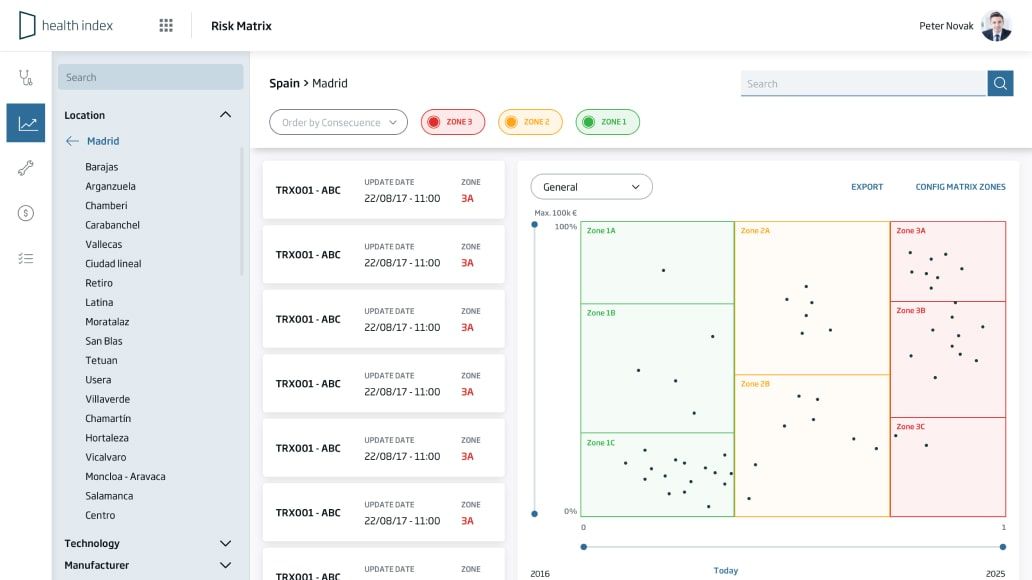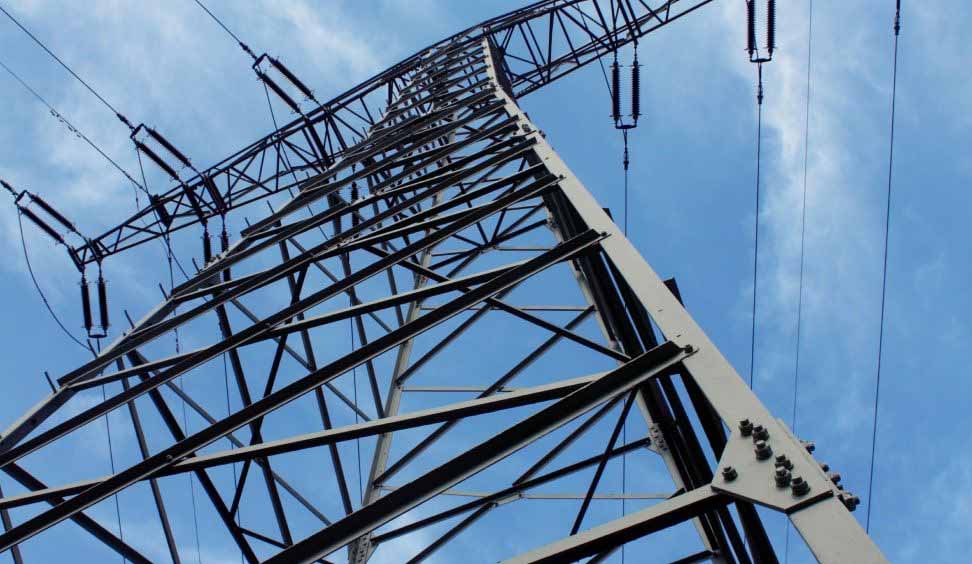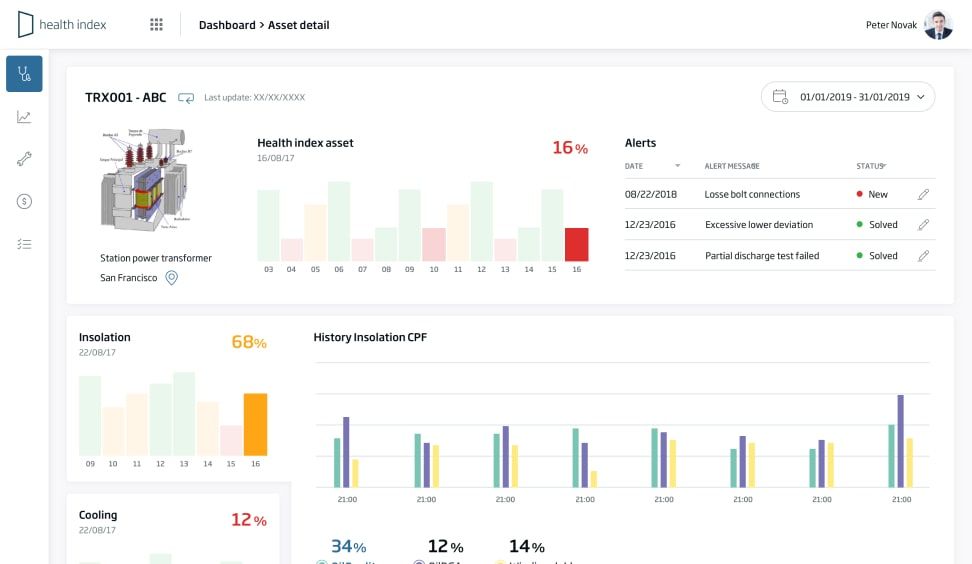id
overview
Onesait Utilities Asset Performance Management (APM)
Asset Performance Management (APM) improves asset reliability, availability and reduces operation and maintenance (O&M) costs.

id
asset-health
APM is a comprehensive and modular solution to monitor assets and facilities, in utilities and asset intensive organizations.
It integrates the whole performance of the installation on a common and unified vision, from asset to fleet level, covering both health and performance perspectives.
Onesait APM for T&D is made up of two modules: Predictive Monitoring and Asset Health.


id
capabilities
Predictive Analytics
- Failure Detection
- Diagnostics
- Alert Management
- Machine Learning Algorithms
- Maintenance Support
Asset Health
- Maintenance prioritization ranking
- Reduced cost and risk
- Wide application range
- Remaining Useful Life
- Based on internal utility data or international standards
Cloud-Based Solution
- Scalability
- Cybersecurity
- Modularity
- Platform independence
id
monitoring
APM Predictive Monitoring
Advanced Condition Monitoring
Leverages existing instruments
- No additional sensors required
- Monitoring is based on existing Instruments
Machine Learning
- Machine learning algorithms
- Multivariable analysis
- Empirical models trained with historical data

Versatile
- Applicable to any equipment, model, and manufacturer
- Customizable models
Early warning
- O&M Cost Savings
- Highly secure and reliable
- Customizable alert rules

Any expected process data detected
- Detect deviations from expected data
- Real-time data is compared to model predictions
Adding value to traditional maintenance system
- Complimentary to other maintenance systems
- Consistent with other monitoring techniques

APM Asset Health
Assets Health Index calculation allows optimizing Life Cycle Cost (LCC) by redefining maintenance plans and prioritizing investment decisions
Health Index Analysis
- Based on equipment type and available data
- Considers Maintenance, Inspection and Operations data
- Customizable models
Risk Matrix
- Definition of failure modes
- Criticality analysis based on failure effects and probability
- Integration of historical data of maintenance

Maintenance Optimization
- Based on health index and failure modes
- Maintenance resources are allocated according to a rational prioritization
Life Cycle Cost (LCC)
- Remaining life can be determined based on Health Index
- Allows taking and prioritizing decisions regarding equipment replacement

